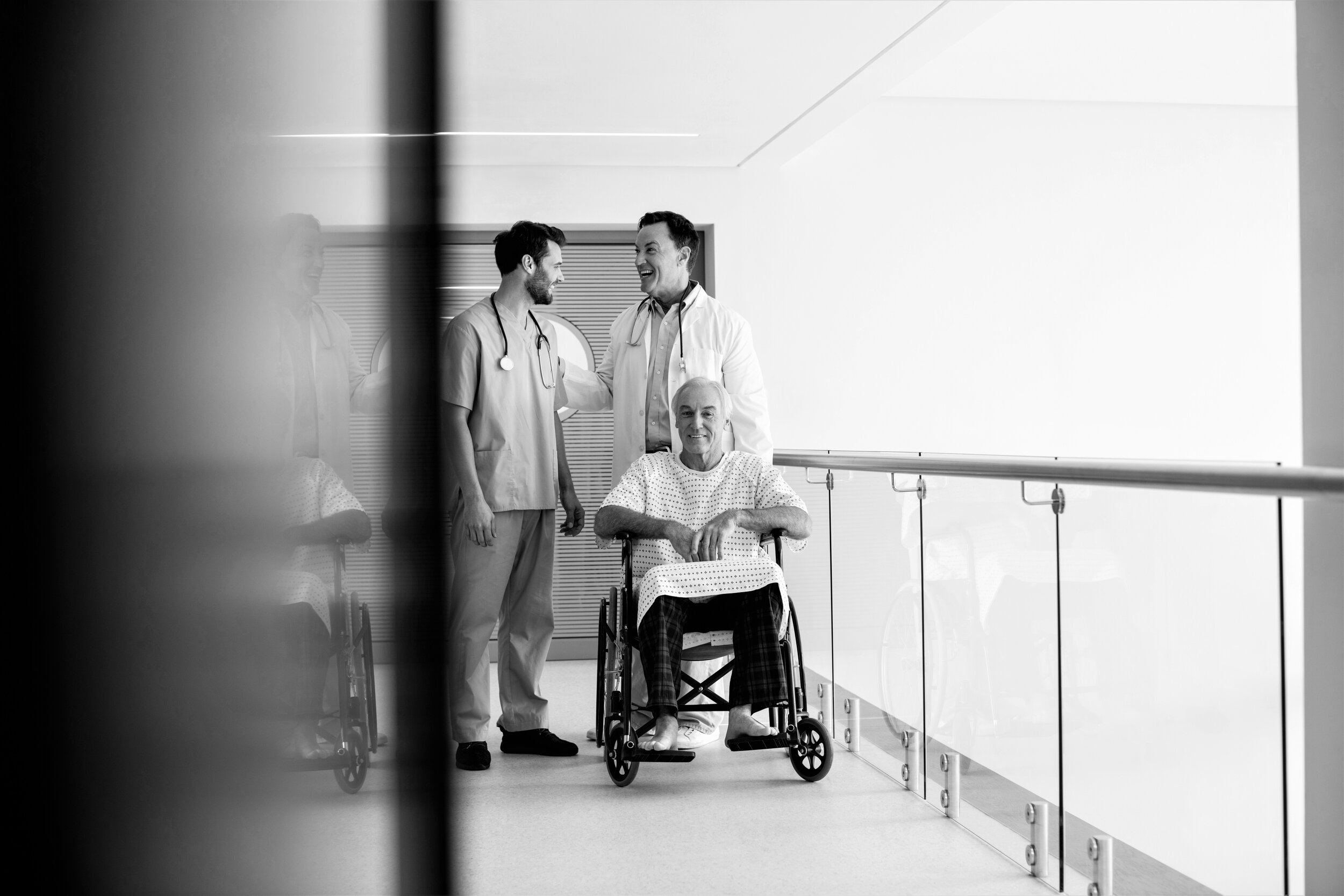
Infrastructure
The Foundation for Cell & Gene Medicine’s Infrastructure Program is a research project aimed at identifying and prioritizing the infrastructure, logistics and healthcare system requirements essential to support widespread adoption of transformative medicines. It explores in-depth the components of these therapeutic platforms and how they can leverage manufacturing breakthroughs while integrating technologies such as next-generation sequencing and other precision medicine tools in imaging and healthcare IT.
Key objectives of this program include:
Stakeholder awareness of industrial impact: Broaden understanding of the profound yet positive changes advancements in cell and gene therapies and tissue engineering could bring to both the practice of medicine and the healthcare industrial infrastructure required to support them.
Integration: Deeper dive into how these new therapeutic platforms integrate with technologies such as next-gen sequencing, other precision medicine tools and advances in imaging and healthcare-IT to provide a more robust and cost-effective healthcare system.
Explore the components of RM/AT industrialization: What will the industrialization of this sector look like? How will it impact more traditional drug development and commercialization cycles?
Delivery: Highlight the impact of RM/AT therapies on improving healthcare delivery by demonstrating the need for significant investment in pharmacy, manufacturing, quality control, transportation, storage, delivery, etc.
Current Activities:
The Foundation for Cell & Gene Medicine has partnered with RARE-X to help researchers and developers access real world data (RWD) to accelerate the progress of cell and gene therapies (CGTx) for rare disease patients worldwide.
What is RARE-X: RARE-X is building the largest data collection and federated analysis platform in rare disease in order to remove critical barriers affecting cost and access to reliable and comprehensive patient data.
The Challenge: It is burdensome, expensive, and time-consuming for CGTx researchers and developers to access or generate RWD, and this slows or limits patient access to these types of transformative therapies.
Using RARE-X to Solve for CGTx: RARE-X provides an opportunity to make a big difference for the CGTx sector by building a shared data environment, owned by patients, and capable of yielding regulatory-grade data. Further, the RARE-X data collection platform will remove critical barriers affecting cost and access to reliable and comprehensive patient data, ultimately helping patients, caregivers, and other key constituencies by accelerating diagnosis, disease understanding, and development of future treatments and cures.
Projects currently underway include:
Development of a Guiding Principles Document
Landscape Analysis
Drafting of White Paper
Outline of Pilot Projects
Feasibility Study
Examples of Other Key Activities of the Infrastructure Program:
Convening Stakeholders:
Conduct landscape analysis to map and understand key infrastructure requirements to match clinical and commercial demand
Convene round tables and discussion groups in U.S. and Europe to understand how national and regional health systems are planning for the impact of these changes
Publish white papers with results and recommendations emerging from these dialogues– Education forums and interactive webcasts
Development of educational materials, such as:
A targeted, web-based education platform
Metrics regarding the impact of cell and gene therapies on patients, healthcare delivery, infrastructure, jobs, logistics, etc.
Steering Committee
Cindy Collins
President & CEO, Editas Medicine
Amy Duross
Co-Founder & CEO, Vineto
Alison Finger
Chief Commercial Officer, bluebird bio
Jerry Keybl, PhD
Senior Director, Cell & Gene Therapy, MilliporeSigma
Bruce Levine, PhD
Professor in Cancer Gene Therapy, University of Pennsylvania
Jill Maddux
Head of Access Strategy and Emerging Trends, Market Access and Government Affairs, Genentech
Michael May, PhD
President & CEO, CCRM
Vijai Mohan
Founder & CEO, Secure Transfusion Services, Inc.
Bob Preti, PhD
General Manager, Chief Strategy Officer, Life Science Business Headquarters, Hitachi Chemical Corporation
Isabelle Riviere, PhD
Director, Cell Therapy and Cell Engineering Facility, Memorial Sloan Kettering Cancer Center
Eric Roos
Chief Business Development Officer, Aspect Biosystems
Alberto Santagostin
SVP, Head of Cell and Gene Technology, LONZA
Bruce Thompson, PhD
VP of Process Sciences, Lyell Immunopharma
Phil Vanek, PhD
Partner, Gamma Biosciences
Chris Vann
COO, Autolus Ltd
Claudia Zylberberg, PhD
CEO, Akron Biotech





